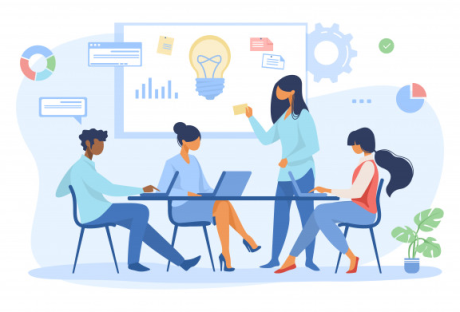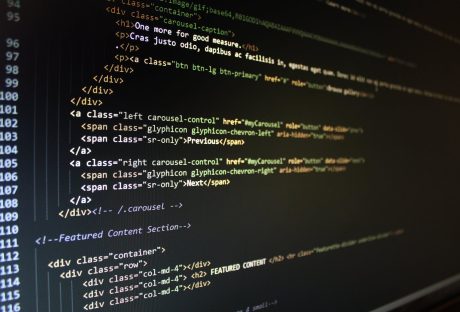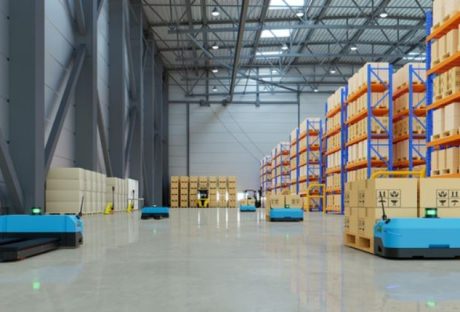- Have you been given the responsibility of planning the next corporate conference or event for your company?
- Do you know how you can choose the best catering service that will win over your co-workers, bosses, and industry colleagues?
- Are you looking for some tips and tricks, which can help you zero down on the best caterers for your next event?
Corporate Conferences and events can be important milestones for a company’s future. It can be your Annual General Meeting or a Shareholders Meeting, or even something like a Retirement Party for a dear colleague.
However, the important thing to note is that the food should be top-notch at all times. Everyone who attends the conference or the event should leave satisfied after tasting the food being served.
This is why it is so important that you hire the right catering services for your next corporate event. Hire the best one and you are looking at creating a memorable experience for everyone to remember. Hire the wrong one, and your office colleagues will make sure to keep discussing the ‘what went wrongs’ for a very long time!
List of 5 Easy Steps to help you select the best Catering Service for Corporate Conferences
1. Start with In-depth Research and Planning-
When it comes to any corporate event planning, catering is right up there in the first or second positions. It is important to understand the budget, get a sense of what the higher management feels, and then start with finding the right caterers.
During the shortlisting stage, look for small details like the promptness of the catering company when responding to your requests of quotations, sample requests, and references. This will give you a better idea about their professionalism and help in the selection process.
2. Be Sure about the Food from the Start-
Everything that the prospective caterer offers you in terms of food is going to increase the confusion in your head. This is why it is important that you have a set idea of the food, which you can then take to the catering service.
You also need to understand that caterers will suggest food options, which are cost-effective for them, but not for you. It is also important to see whether the caterer is taking interest in knowing about your company, its culture, and then making suggestions.
3. Food, Beverage Options, and Service-
We often have this misconception about catering being all about the food. What we tend to forget is that it also involves beverages and the overall service experience. This means that the choice of beverages, how good they are or not also matters when choosing the right caterer.
Corporate event catering should always take into account the level of service, which is being offered. Smartly dressed catering professionals, polite behavior, and a calm demeanor are what you should look at. Trust us, these things make a lot of difference.
4. The Experience of the Catering Company-
When it comes to corporate catering, the experience matters a lot. This is because the inherent nature of the catering experience in a corporate setting is radically different from the one at a wedding, or a birthday party.
It is important that you see the number of years of experience the catering service has. You can also ask them specifically for the kind of corporate events they have serviced to. This will help you get a better idea about whether they will be the right fit or not for your conference.
5. Look for Flexibility in the Catering Service-
There might be times when things do not go according to plan. For example, an announced client walks in with his entourage of five people as the event is going on. If you are seriously sticking to headcounts, this can cause some problems.
This is where a good caterer will be able to help you out. This is what is meant by flexibility in the catering service. These kinds of situations will arise from time to time and you need to be prepared for them. Asking the catering service about such issues in advance will help them and you prepare better for such contingencies.
The Final Word
It is important that you start planning in advance for your next corporate event. The success of the same will depend in a major way on whether or not you have been able to hire the right catering services for the same. By paying attention to the points in the article, you can ensure that you at least have all the boxes checked to help you narrow down your selections for the best catering services.
Read Also:























